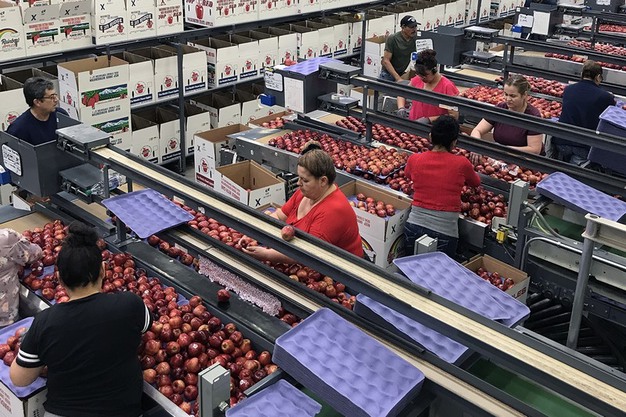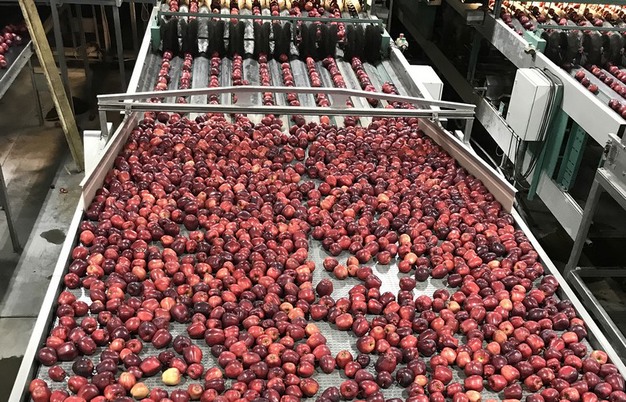Washington’s apple season is starting as some supplies from 2022 are still wrapping up. Javier Orti, sales manager for Asia for Salix Fruits says the supply of Granny Smith has been very limited during the last two months. “The last Red Delicious from the 2022 crop are being loaded now and Galas have started earlier than last season,” says Orti.

As for the 2023 season, it’s expected that Washington’s apple crop will be up about 20 percent in volume. “Early varieties of Gala started at the beginning of August and right now the main volume of regular Galas for export are starting,” says Ignacio Vidales, sales manager for Asia, India, Canada and Central & South America for Salix. Golden Delicious will start harvest around mid-September and then Red Delicious and Granny by the end of September, with export volumes available in October. Late varieties like Fuji and Pink Lady will start mid to late October.
As for demand, it’s good for Washington's supply right now. Orti says that demand from overseas markets is price-sensitive. “For example in Latin America, there will be competition from European Galas. Even though Washington apples have earned a well-deserved name and reputation worldwide, the apple market is very competitive and other origins are doing a good job as well,” says Vidales, noting one of the biggest challenges will be the competition from countries like Poland, Turkey, Serbia which are improving their quality year after year and getting access to more markets. “There is a limit for the price premium that Washington apples can get. Hopefully, this situation will improve with a bigger crop and more reasonable freight rates.”
Varietal notes
In exports, Red Delicious, Gala and Granny Smith are still the main varieties of interest though both Red Delicious and Galas have been reducing their volumes for the past three to four years. They’re partly being replaced by higher-value varieties like Honeycrisp, Ambrosia, other club varieties and more recently Cosmic Crisp.

At the same time, after two years of shrinking export volumes, Orti says some factors should help revert this trend including a bigger crop, freight rates adjusting down after spiking during the pandemic and probably more size 100 and smaller available will help some of the overseas export markets. “We look forward to recovering the volumes for Middle East markets, and especially India once the import duty reduction starts. We also expect growing volumes for Latin American markets,” says Vidales.
As for prices, the season average prices for most of the traditional varieties have been increasing for three years in a row now in the range of 15 to 30 percent compared to the variety two years back. “If we consider the freight rates on top of this, the effect on CIF prices is double and explains the drop in export volumes,” says Vidales. “Right now we see that prices have remained quite stable during the last couple of months, as opposed to other seasons in which prices increased at the latest part of the season.”
Looking ahead, Galas are underway with bigger volume expected than last year. “At the same time Galas will be starting in Europe, so it will be interesting to see where market prices are set,” says Orti.
 For more information:
For more information:
Salix Fruits
[email protected]
www.salixfruits.com










